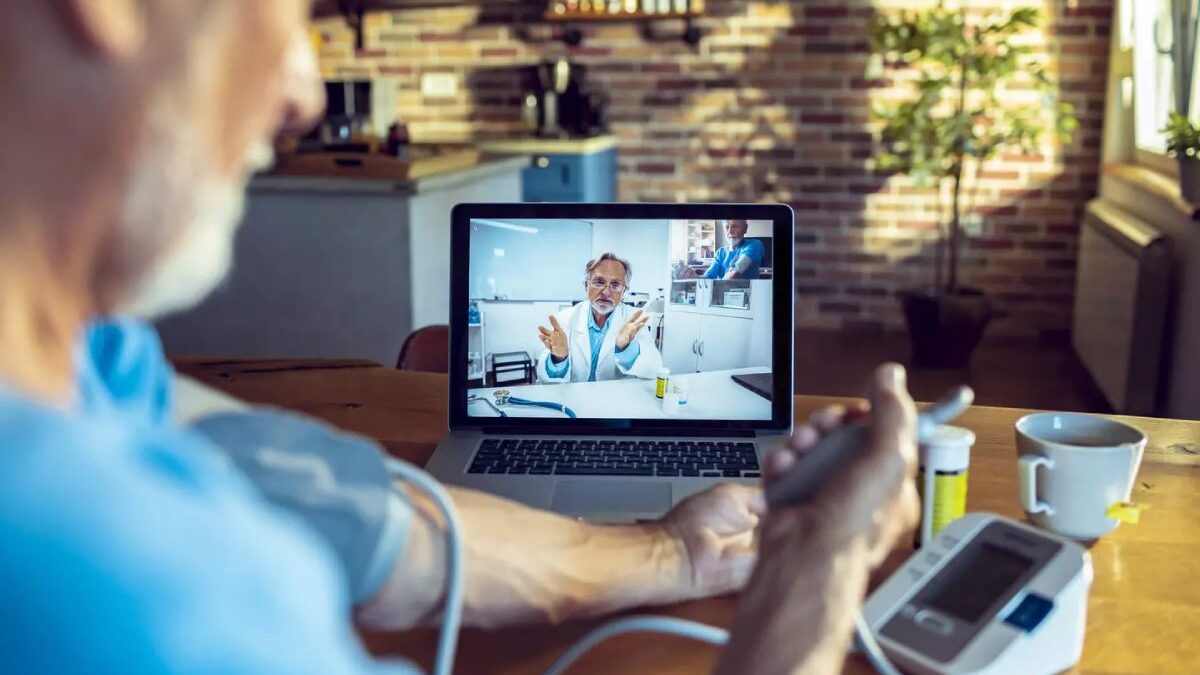Remote patient care is just what it sounds like. It allows medical professionals to do exactly what it says on the tin – to speak with patients remotely.
But what exactly does that mean, and are there benefits of doing this?
Read this piece to find out more!
Table of Contents
What Does Remote Patient Care Actually Involve?
If this is the first time you hear about remote patient care, you are not alone. It is something that has perhaps become more popular over the past few years due to lockdown and in-person restrictions and will more than likely become something that is much more commonplace within the medical field now.
Essentially, doctors and other medical professionals will be able to have access to patient records and be able to help them outside of a traditional clinical setting no matter where they or the patient are. This means many more patients can have access to quality medical care without location or time restrictions, and they can have it from the comfort of their own home. This could be a game-changer for those who are not physically able or bedridden. It is expected that video calls will soon replace in-person appointments, helping everyone to save time, money, and energy.
Do Not Confuse with Remote Patient Monitoring
While remote patient care and appointments might sound very similar to remote patient monitoring, they are very different things. Although the first offers the same quality of care at a distance, the latter has a focus on relying on technology to rely on important information such as blood sugar levels in real-time. While this is also an incredible breakthrough for modern medicine, as with everything, these breakthroughs cost money. If this is something you are thinking about trying out, make sure to understand the financial obligations of remote patient monitoring.
Maximum Time Efficiency
One of the things those medical professionals do not seem to have enough of is time, and introducing remote patient appointments can significantly maximize time efficiency and travel costs. There is no more time spent traveling between each patient and incurring those costs too; remote patient care means that medical professionals can stay in one place with everything they need and deliver optimal care and advice. Of course, not every patient will be so lucky as to only require a quick check-up; which frees up time for when doctors have to travel or deal with an emergency situation.
Improved Quality of Care
Remote patient appointments also boast an improved quality of care for patients. This is for a few reasons. Not only will doctors and other medical professionals have all the patient data they need on hand instantly as normal, but because of the way the system works, there should be much less burnout – which is a real problem in the medical sector. Doctors, nurses, and medical professionals are stretched thin, and often that does not bode well for offering the best quality of care. An online system also means the patient can book their appointments in advance using an online system, helping the process become much more hassle-free.
Using an online and telephone system helps them create seamless daily routines; creating a more efficient setup for both professional and patient.

